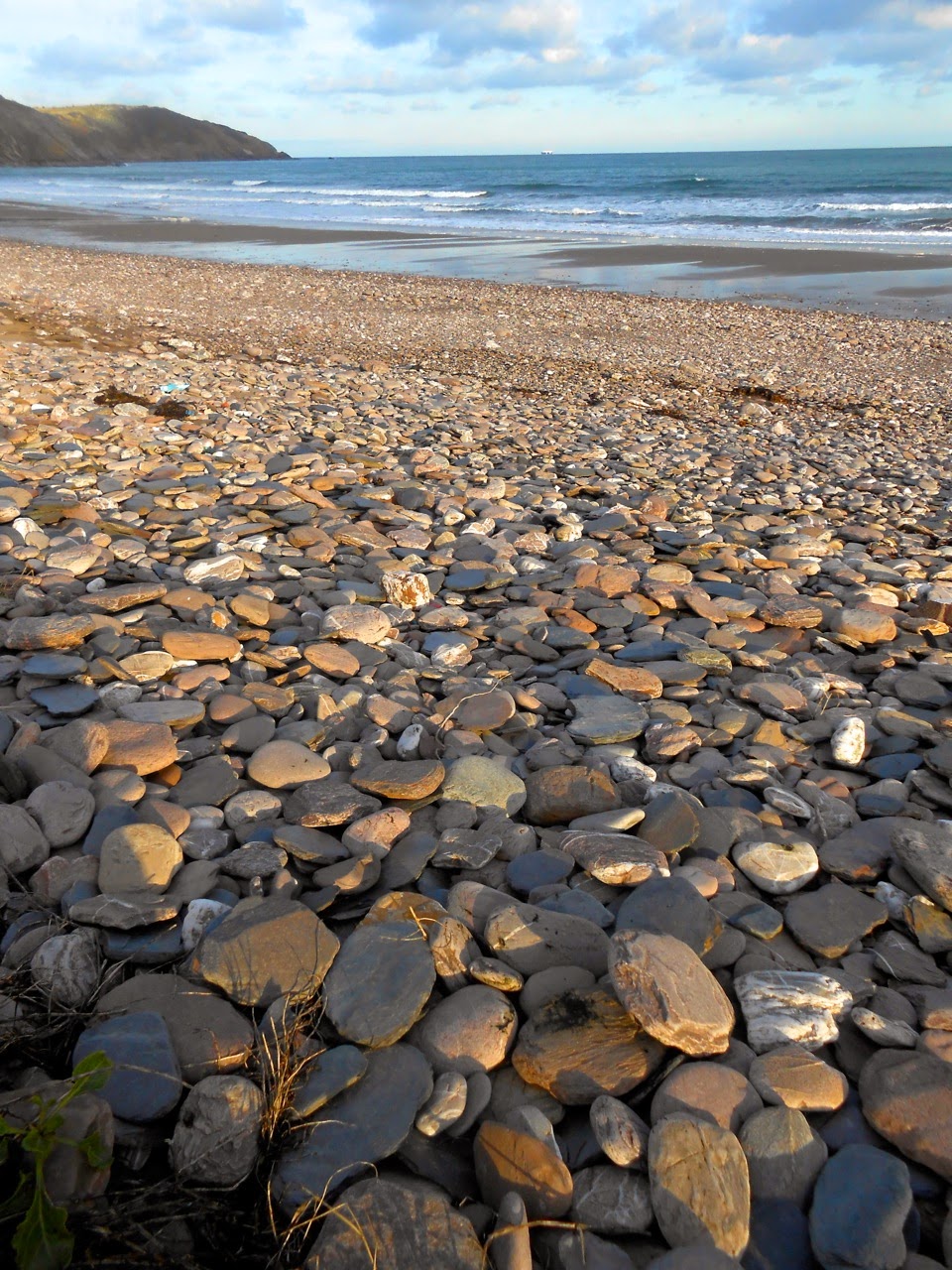THE SOUTH WEST COASTAL PATH
In February 2012, having tired of the hustle and bustle of busy London, I moved to the coastal town of Torquay in Devon, about three hours by rail south-west of London. I soon learnt that there was plenty of local good walking to be enjoyed.
The South West Coastal Path is a long-distance walking trail that begins at Minehead on the Somerset Coast, then follows the foot of England around Land's End in Cornwall, along the coast of Devon overlooking the English Channel, and finishes its 630 mile (1,014 km) journey at Poole Harbour in the county of Dorset. The walk is rated by Lonely Planet as one of the top walks to be found anywhere in the world, and has been voted Britain's best walk by readers of Walk magazine.
I've only walked a small portion of the path—Dartmouth to Lyme Regis—66 miles (106 km), but it's been a wonderful experience so far. I've done other long distance coastal walks in Australia—around the rugged west coast of Kangaroo Island off the coast of South Australia, and the wild and muddy South Coast Track in Tasmania. Both those walks were true wilderness experiences.
The South West Coastal Path never approaches anything close to wilderness, but it does give you an appreciation of the English seascape that most people don't get to experience. You pass around dramatic cliffs, overlook rocky islands, plunge into thick forests and stroll along pleasant stretches of sandy beach.
The Jurassic Coast, between Exmouth and Studland, is a highlight of this section of the walk, and is the only natural World Heritage Site in England. I was taken by its high red cliffs and eroding sea stacks, which reminded me of the dramatic limestone landforms overlooked by the Great Ocean Road in Victoria.
The path is well-graded and undemanding for fit walkers, and track maintenance is excellent at every stage—this path attracts a lot of walkers, year round. Unlike walking in Australia, don't worry about carrying a tent, and a litre of drinking water is usually sufficient, as the path passes through many coastal towns on the way—large and small— at regular intervals. These towns are a large part of the attraction of this walk. Each has its own character and history (England has LOTS of history!) and each town you pass through adds a further dimension to the walk. Entering a town from the coast on foot is a very different experience from simply arriving by car. This way you manage to gain a fresh perspective and appreciation for each town you pass through.
I chose to walk the path in easy, bite-size portions—a full day afoot— and this has worked well for me so far. But many people take a week's holiday and walk daily sections, staying overnight in any town that takes their fancy. As in Australia, summer offers far more time for walking and side excursions. Winter walking in England can be very limiting, as daylight only fully emerges around 9.00am, then slowly recedes again at 3.30pm!




















